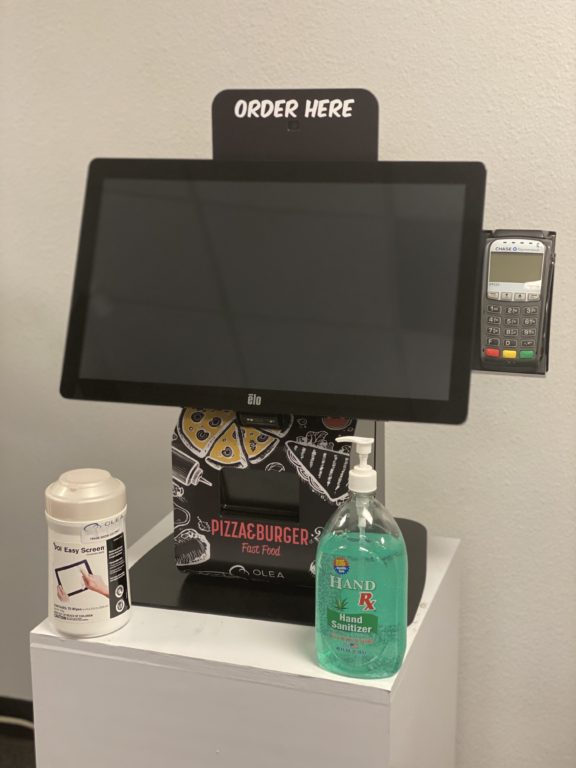
Excerpt from Olea Kiosks website March 2020
Since the onset of COVID-19, there have been many questions posed about how to help mitigate the spread of the virus. How much worse the situation gets depends on our ability to contain and mitigate risk as it relates to the people and places we visit.
That being said, we’re all being encouraged to limit our exposure to large venues with vast numbers of people. Public health officials are advising we limit our person-to-person interaction to reduce the probability of contact between persons with the virus, and the spread of airborne particles to minimize transmission from one individual to another.
As we limit human to human interaction to reduce the risk of transmission, we, as an industry, can talk about the value of continuing many day-to-day tasks by moving that interaction to a more preferable human to machine interface like kiosks.
Limit Person-to-Person Interaction
Self-service kiosks, in any environment, can help to limit person-to-person interaction, in turn, reducing the risk of transmission of disease or virus between staff and patients or guests. Because most person-to-person interactions occur within close proximity, and often entails talking, the passing back and forth of credit cards or some other form of payment, and a receipt, it escalates the chances of exposure. The preference is for patients or guests to interact with a Kiosk rather than with staff at the reception desk.
At a reception desk, the risk escalates because lines are more likely, there is interaction between the staff and guest, and viruses can linger in the air and on the desk. While the desk can be cleaned between guests, it’s challenging to wipe the surface and maintain guest flow at the same time. However, this can be easily done with a kiosk.
Kiosks, used in any situation, can limit the contact between staff and guests. This is true for Healthcare providers with check-in kiosks, ticketing kiosks at movie cinemas or amusement parks, food ordering kiosks, transportation, parking and just about any application you can think of.

o Place anti-bacterial wipes at the kiosks for users to perform a cleaning before/after their use.
o Having hand sanitizer to use before and after kiosk use will also help to mitigate the transfer of microbes from person to person via the kiosk glass touchscreen.
o Consider having a staff person come in periodically during the day/peak times to perform some of the activities listed below to instill additional confidence in users.
Read full article at Olea Kiosks website
